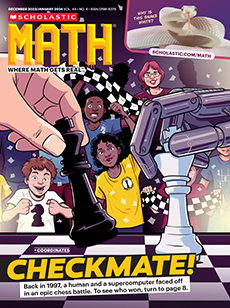Back in 1995, every kid wanted a Beanie Baby. In 2005, Guitar Hero was the video game to get. And in 2025, there was a frenzy for the creepy-cute collectible Labubu dolls.
Many Labubus are sold in blind boxes. When you buy a blind-box toy, you don’t know which style it is until you open the box. If you don’t get the kind you want, it’s tempting to buy more until you do. Many fans keep buying more and more boxes until they have a full set, fueling their popularity.
Labubus are a textbook toy fad. A fad is an exaggerated—but short-lived—interest in something. The word itself dates back to the 1800s, but fads have been around for much longer. And toys aren’t the only things that have become fads. In 1634, a tulip craze swept the Netherlands—everyone had to have the flowers. Some even paid more than the cost of a house for a single bulb!
“Our desire for novelty fuels our appetite for fads,” says fad researcher Margo Bergman. Toy fads usually last six months to a year. They are often successful because they appeal to kids, who crave new experiences more than adults do. But the same biological mechanism behind toy fads applies to pretty much everything in popular culture. Boy bands in the 1990s, superhero movies in the 2010s, tulips in the 1630s—they are all driven by our desire for things that are new. What do you think the next toy fad will be?

